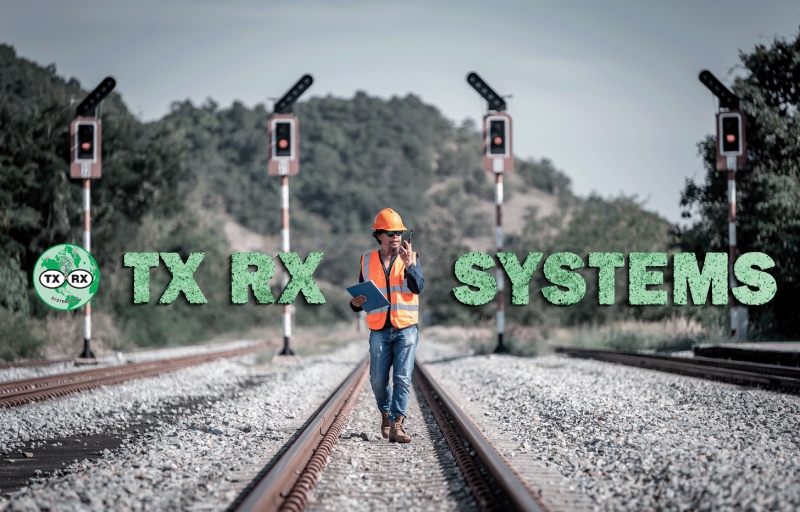Overcoming Integration Challenges in DAS Deployments
High-density environments like stadiums, office buildings, hospitals, and urban centers are constantly dealing with the demand for reliable and high-speed wireless networks. Traditional cellular networks used to be enough. However, with the growth of 5G networks and more people needing connectivity for their internet of things (IoT) devices, these networks are not insufficient. Distributed antenna systems (DAS) provide a powerful solution to improve signal coverage and capacity. That being said, as with many pieces of technology, the deployment and integration of DAS systems come with several challenges.
Challenge One: High Initial Costs and Financial Constraints
When it comes to DAS, the primary challenge is the initial investment. At least that is the case according to a VIAVI Solutions survey where 75% of their respondents claimed that initial deployment costs were prohibitive. A new DAS can be a financial hurdle for many organizations, especially large-scale deployments.
Solution
While passive DAS has an initial lower cost, these systems will struggle with the future expectation placed on networks. To offset initial costs, organizations should consider adopting a hybrid DAS that combines both active and passive components. This balance helps reduce overall cost while still providing significant coverage and capacity. A hybrid DAS can act as shared infrastructure for various IoT applications, which further reduces costs by eliminating the need for separate systems for each.
Challenge Two: Physical and Environmental Barriers
One of the most significant hurdles in DAS deployment is the environmental and physical barriers at the installation site. If the site is a building, the DAS will struggle to deliver signals through concrete walls and may face interference from steel beams. This is especially true in densely populated and urban areas, where wireless signals can’t penetrate infrastructure.
Solution
While seemingly un-tacklable at the start, this challenge can be resolved through the strategic placement of antennas. With careful site surveys, engineers can identify the precise antenna locations that will support the best signal distribution. Additionally, deploying remote monitoring systems with the DAS allows for real-time adjustments to antenna configurations in response to environmental factors such as wind or rain.
Challenge Three: Power and System Integrity Issues
DAS uses a lot of power, which can be an especially pressing issue in remote or harsh conditions. Power failures lead to system-wide disruptions causing network performance to nosedive. In rural areas, the lack of continuous power can be an issue during storms. In office buildings, power fluctuations or inadequate power supplies can also contribute to inconsistent performance from DAS.
Solution
DAS power systems must be designed to provide continuous and stable power even in the most challenging environments. Backup solutions, like uninterruptible power supplies (UPS), help minimize the risk of power-related issues. TR RX Systems offer a battery backup unit that can house up to two 160AH batteries and provide up to 24 hours of backup runtime.
Challenge Four: Scalability
The need for data is always on the rise and DAS systems must be able to scale overtime with that growing demand. In high-density areas, the demand is even higher, and systems not designed to scale will quickly become overwhelmed. Many times DAS is deployed without proper foresight, resulting in poor service quality and network congestion.
Solution
Designing modular DAS that is flexible and easy to upgrade is the key to maintaining scalability. Using components, like those offered by TX RX, that are easily swapped or added as network demand increases, organizations can future-proof their DAS without a major overhaul each time.
Challenge Five: Signal Interference and Quality Control
Interference, whether from nearby networks or other internal components, is one of the biggest and most common issues that affect the quality of DAS. In locations like stadiums or airports, the sheer number of users accessing the network can cause interference alongside concrete buildings and large glass windows.
Solution
Real-time monitoring is an effective way to identify and manage issues caused by interference before they impact network health and the user experience. Advanced planning tools, combined with proactive interference management, can help provide consistent signal strength. In addition, deploying hybrid DAS solutions that include both passive and active systems offers greater flexibility in managing, or in some cases preventing, interference.
Challenge Six: Managing the Complexity of DAS Deployment
DAS are inherently complex and have many moving parts. They require the coordination of multiple components, from antenna placement to power management to system integration. The overall complexity of the system can make it even more difficult to manage and without effective planning, the system may not perform as expected, leading to coverage gaps and poor signal strength.
Solution
In order to manage these systems, businesses should partner with experienced DAS engineers, like those at TX RX Systems, who understand the nuances of deployment. These engineers will have the know-how to design the most ideal system for the site. These engineers will also conduct a thorough site survey and confirm proper antenna placement before finalizing their deployment. Additionally, engineers will remotely monitor the deployed system to make adjustments as the system experiences different environmental factors and conditions.
Building Efficient and Scalable DAS Systems for the Future
As the demand for mobile data and connectivity continues to grow, so does the need for efficient DAS. While the challenges and hurdles may seem vast, with proper management and approach these behemoths can be turned into completely manageable systems.
TX RX Systems can help you design DAS that fits your exact needs, help conduct site surveys, and remotely monitor your system to make sure you’re getting the most out of your DAS. Our systems are entirely customizable and we build them to be scalable to help your DAS meet your current and future connectivity needs.
We want to help you get connected and stay connected. Contact us today to learn how we can help you overcome DAS integration challenges and keep your system futureproof. By choosing TX RX as your partner in DAS deployment, you’ll help your business stay ahead of the curve.

